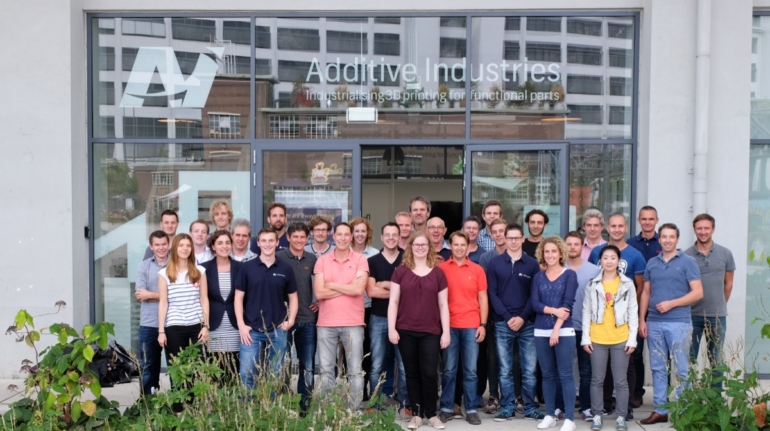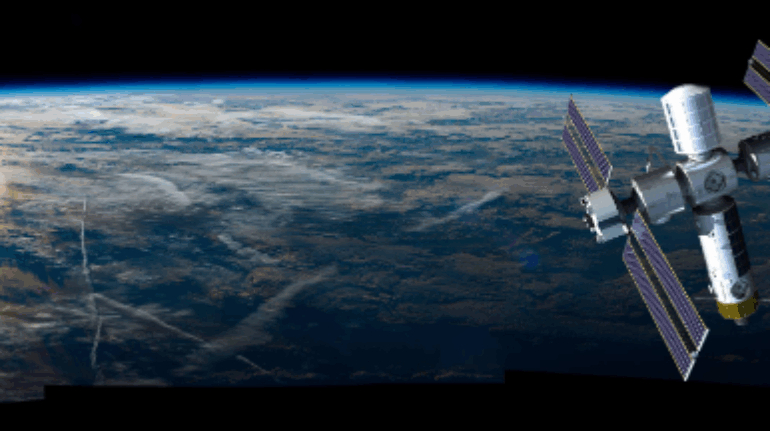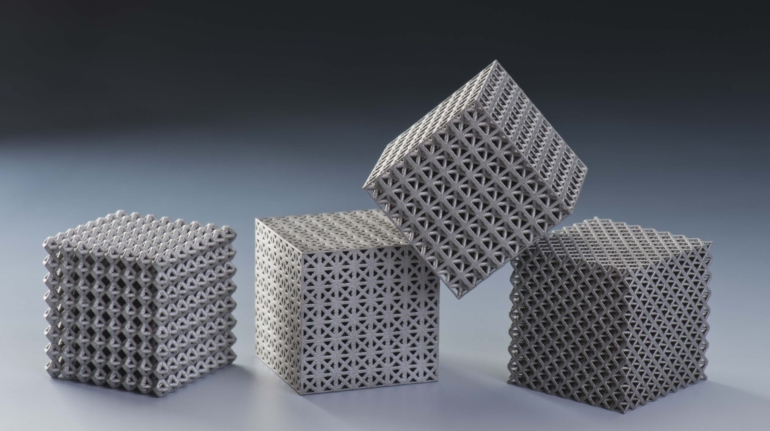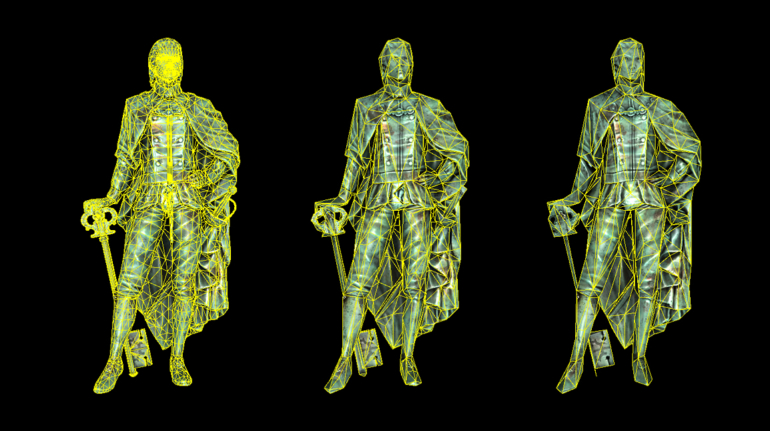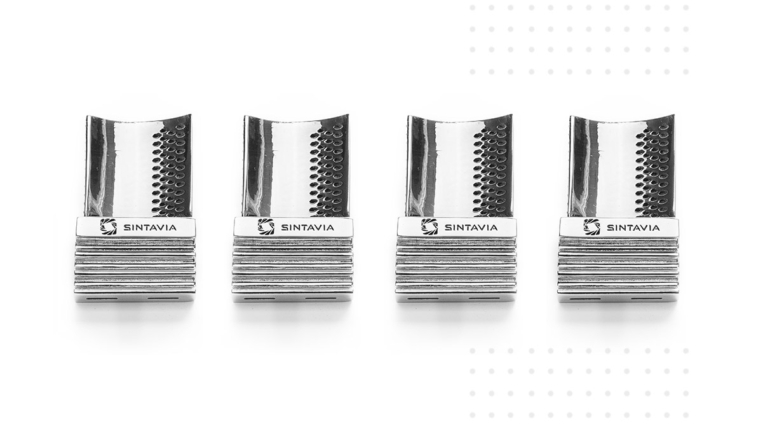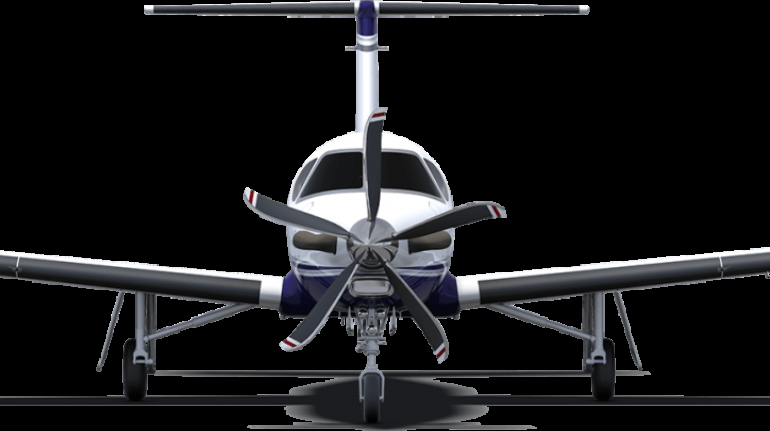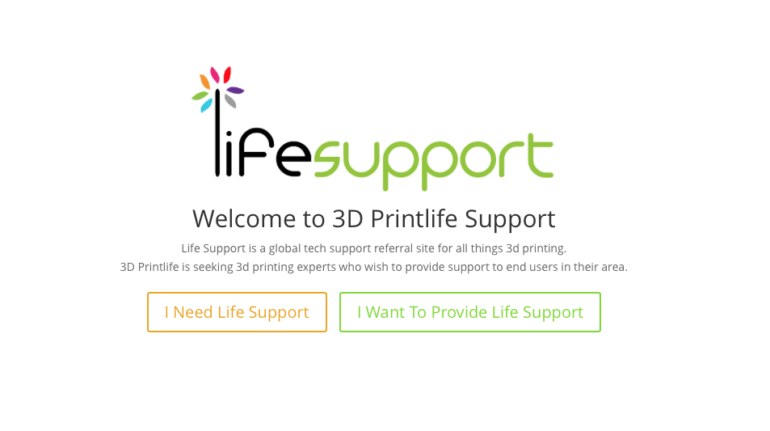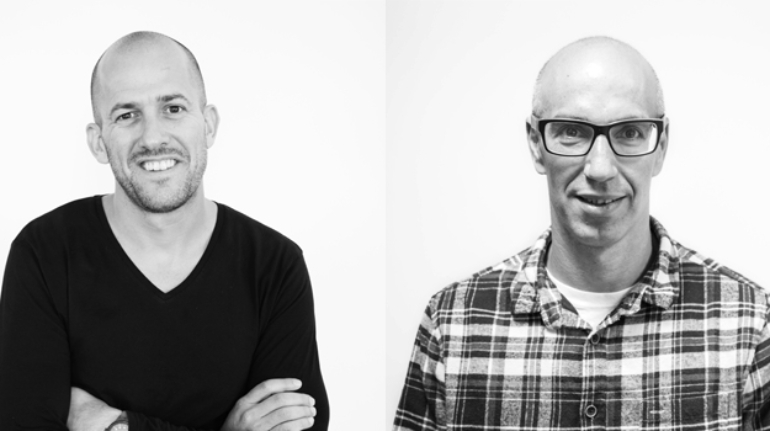CNN Just Published a Report on House 3D Printing (and Cities Too) 3D Printing Processes
It’s always nice when the generalist media cover 3D printing, in any of its forms, in a positive way. After they stopped blabbering about how 3D printing is dead, generalist media are once again finding an interest for 3D printing and 3D printing companies. It just happened with CNN and house 3D printing – or maybe we should say “city 3D printing” since when the generalist media talks about stuff they do it “extra large”.


